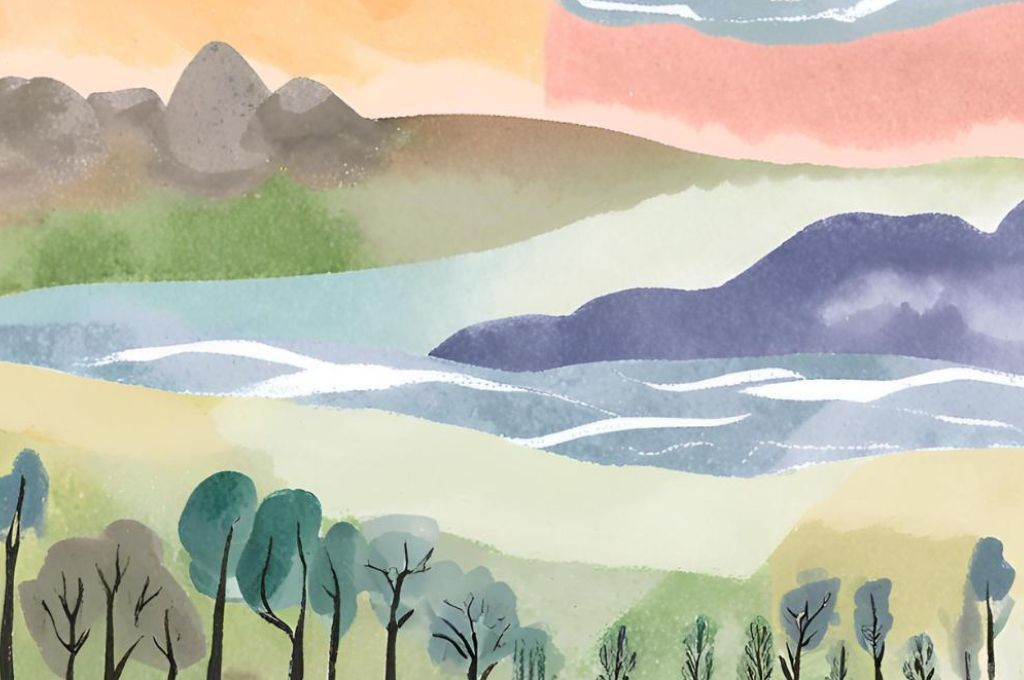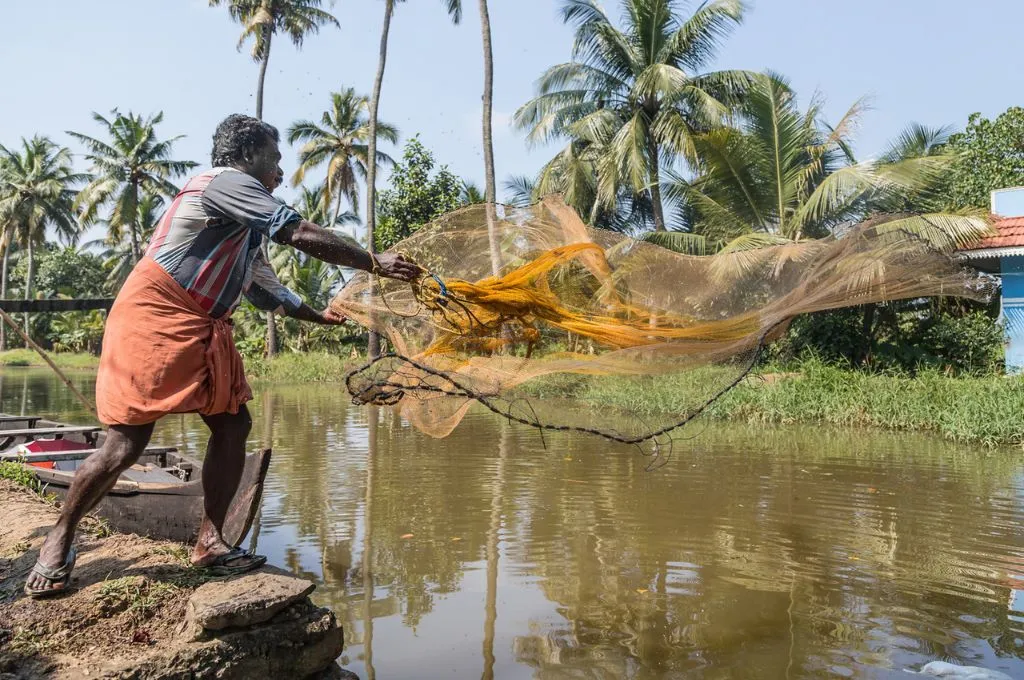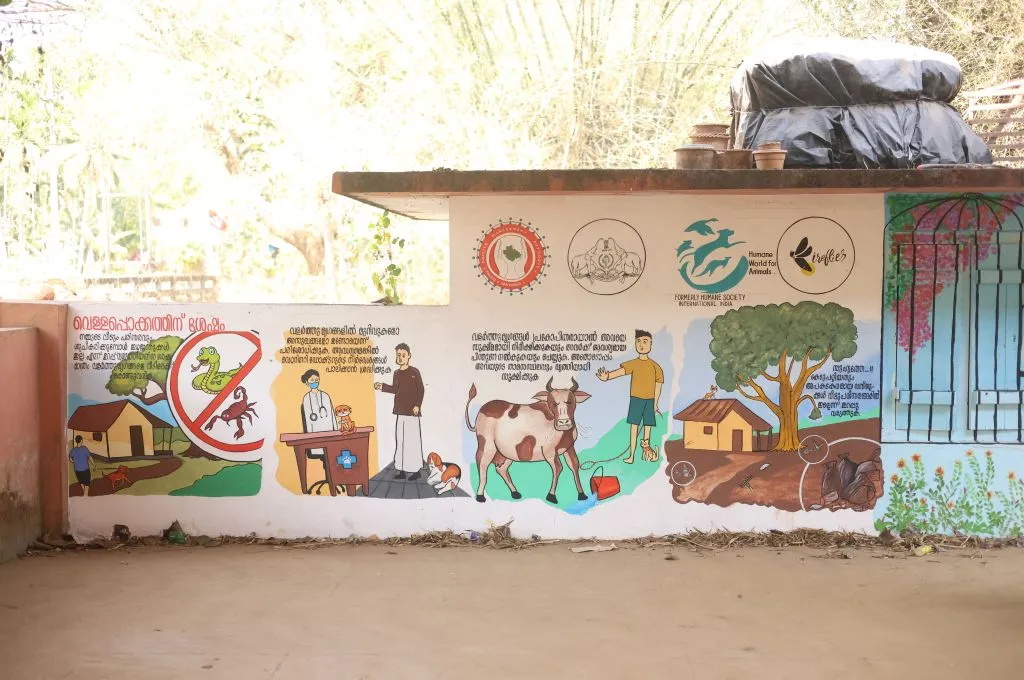The climate problem has been framed in a manner that emphasises temperature changes and carbon emissions, with renewable energy being positioned as the core solution. However, on taking a closer look at where all this energy is going—in food systems, construction, urban design, supply chains, and so on—tremendous inefficiencies can be observed in all these systems. This is accompanied by the realisation that the framing itself is limited.
Just changing the energy source is not going to be enough
One has to go deeper and look at the inefficiencies in generation, supply, and consumption, because we don’t want a 15 percent win when it comes to climate. We want a win in what comprises 90 percent of the problem. This means that we need a different way of doing things, and not just rely on replacing one energy source with another and the same inefficient methods of achieving our real end goals.
For instance, in urban environments, we see an increasing number of buildings with glass frontages. This causes them to be warmer, which necessitates the use of air conditioning. Moreover, despite the glass windows, they are designed in a manner that doesn’t draw in natural light, thereby consuming additional electricity to remain sufficiently illuminated during the day. Positioning solar panels as the remedy to these issues only serves to treat a design problem with an energy solution.
We have to solve for design
We have to stop throwing renewable energy at a design and efficiency problem. Consider Bangalore, a city that receives approximately 2x the amount of water through its rainfall endowment than it actually needs. Instead of making use of this water smartly, and building systems that ensure sensible use and reuse of this water, we are pumping water from hundreds of kilometres away, and we are running out of that as well.
There is a financial price to this too. It costs the Bangalore Water Supply and Sewerage Board more than INR 90 per kilolitre to pump water from the Cauvery basin to Bangalore, because the city is at a higher altitude and 100 kilometres away. The energy used to pump this water is thermal energy generated from coal being burnt in Raichur and Bellary. This means that we are also creating large amounts of pollution in those regions because Bangalore is unable to manage its endowment of rainwater.
Changing the source of energy or adopting a more sustainable form of the same practice is unlikely to result in big gains. What’s needed is smarter design, smarter engineering, smarter supply chains, and smarter food and water systems. Moreover, these solutions ought to be localised rather than outsourced.
Many villages in India buy their basic household commodities from other regions.
If villages were to assemble their plate with food that’s local and seasonal, it would encourage more diverse growth within the region and reduce the reliance on imports. Today, fruits produced in one continent are shipped to another to be polished and packaged, and are ultimately sold in a different continent. We are seeing this happen in India as well.
Places are looked at as spaces to source something and send something to, be it raw materials, knowledge, jobs, or markets. Villages don’t think of themselves as markets any more. Through our work at Rainmatter Foundation, we found that many villages in India buy their basic household commodities such as brooms, pickles, and even vegetables, from other regions.
PRADAN, a nonprofit that works on rural livelihoods, did an experiment in a block in West Bengal to determine the price of a basic basket of needs. They estimated it at approximately INR 187 crore for the block. In a two-hamlet cluster in Kachchh, we found that 200 households spend approximately INR 96 lakh on buying vegetables from a place 12 kilometres away. We found another village panchayat in Jharkhand, which was spending more than INR 1.2 crore on buying vegetables, and yet another in Kolar, north Karnataka, spending approximately INR 3 crore on buying poultry and eggs from places outside their cluster.
In addition to the carbon footprint of transporting, packaging, and warehousing these items, there is an economic loss associated with imports. This is because the village must buy everything at retail prices, whereas what they produce and sell is essentially two to three commodities at wholesale prices. This means that across 30,000 clusters, and six and a half lakh villages, there will always be a financial deficit at the level of a village cluster.
Villages are also increasingly putting pressure on their soil and water systems because instead of the older, more diverse production system that produced 30–40 different products in a region, they are now focusing on two or three commodities at best. This results in the loss of biodiversity too. For instance, if villages don’t produce brooms, they won’t pay attention to the broom grass that grows around their lakes and farms, thereby reducing the variety of vegetation in a region.
Increasing specialisation is a problem
At the level of industry, civil society, and even the country, we are increasingly focusing on specialisation as a problem-solving approach. We are solving for education, or livelihoods, or restoration, but it’s also creating unintended consequences that show up as the symptoms we see in climate change, inequality, economic distress, food stress, and so on.
Well-intended efforts in education have sometimes served to depopulate villages of young people.
Public spaces such as the chaupal or the ashwatha katte, which served as a forum that brought communities together to discuss various facets and problems of the village and possible solutions, have all but disappeared from contemporary rural life. Communities in essence are the owners of a place, and only they are equipped to make smart trade-offs across all variables that matter to that place because they have a vested interest in doing so. When this ownership breaks down, a trillion bad micro-decisions get taken, leading to poor outcomes like climate change.
Organisations that work in these regions are thus likely to neither consider the long-term impact of their efforts on the place itself, nor its intersections with other issues within the place. For instance, well-intended efforts in education have sometimes served to depopulate villages of young people, because the village itself is unable to provide them with the livelihood opportunities that they can now perform through the capabilities they’ve built via education.
This focus on singular, siloed issues can therefore lead to distorted outcomes for the place.
The sense of the place in its entirety has weakened even within communities. We think of village clusters only in terms of farming and as sources for raw materials, and not as production centres for a whole basket of goods. No value addition is imagined at the cluster level. This means limited jobs and surplus because there isn’t enough to do and your assets, your means for daily sustenance, have shrunk, resulting in distress migration.
The breakdown of this sense of place—of being able to manage production systems, biodiversity, and water sources—also creates challenges related to climate change and food insecurity.
With this loss of knowledge, social institutions and the ability to manage the commons—soil, water, land—is being lost. As markets stepped in, we missed the opportunity to localise production systems. In most of our places, we forgot to move and adapt, and now these have shifted elsewhere.
We therefore need to understand cluster economics better—the movement of goods, people, materials, money, and services, and the balance of payments across cluster boundaries. The country’s FMCG industry is aware that rural India is a big market, yet rural India itself as well as civil society fail to recognise this.

The social sector represents the community, or they represent solutions
There are nonprofits that work closely with communities who are essentially the owners of the place and dependent on the place. Such organisations represent the place. There are others who have robust solutions—the science around improving groundwater, approaches around livestock management, or strong pedagogy for primary school education. These nonprofits represent solutions.
There’s a very tight bundling of solution, geography, and funding that needs to be unbundled rapidly to make change happen at scale.
It’s important for us to remember this distinction, because often we limit our places and people to the solutions we have as organisations. But that is not always appropriate or optimal for the community. Take the example of us at a personal level—if there’s a health problem in your household, you are unlikely to prescribe medicines and perform surgery on your family members because it will lead to poor outcomes. You will instead choose the best doctor available. We do not construct a cell phone tower and figure out how telephony works to make calls, we just buy the service. So when you represent a place and its people, it’s important to get help from wherever it is best available.
This also means that the entities offering this help must recognise the need to engage with and respond to owners of the places where the needs are, and not just work with communities that they are comfortable with or select a few based on their own narrow parameters and assessment.
Funders should recognise and fund these distinctions as well. Today, there’s a very tight bundling of solution, geography, and funding that needs to be unbundled rapidly to make change happen at scale, in line with the true needs of the community and place, and at the granularity it exists at.
Driving scale through change at the unit of one
We also need to stop proving models and proofs of concepts again and again. For instance, enough is known about agroecology to go out and drive change at scale, in many places. What we need is an architecture whereby we can make it available to whoever needs it. And it should be available at the unit of one—one self-help group, one farmer producer organisation, one small community-based organisation, one cluster of interested farmers, and so on.
People tend to choose differently and we should build for that—for picking from a set of options.
Anyone who wants help with a particular issue should be able to use this architecture to respond to the problem they are facing. As an example, take the case of a woman in Odisha who had identified uniforms and numerous sewing machines lying unused from earlier programmes. She wanted specific guidance on how to create dhurries (carpets) and bags with these waste materials. The typical response to this would be to design a large waste-to-product programme covering dozens of villages with pre-defined criteria for selecting the women who would be part of this initiative. Ironically, this might end up excluding the very woman who thought of this idea.
This unit of one is critical. People tend to choose differently and we should build for that—for picking from a set of options. Why should a set of farmers be bound by one method in agroecology or one method of farming? Why can they not pick from a richer set? And if that means doing roadshows, sharing knowledge systems, and hand-holding, then that’s what needs to be done.
In most cases, we’ve seen that actionable help is not easily available to them. Most people in rural India are often experimenting because they don’t have access to the knowledge they need to solve their problems within their context. If we put a monetary value to this experimentation and failure in what are essentially resource-constrained households, the amount being spent already is likely to be staggering. It’s not always external funding that’s a constraint. In the sector, we have numerous solutions and a lot of knowledge that needs to be response-ready. We require maybe 10 percent innovation and new ideas—the rest should be about deploying what we already know.
We have to rapidly move from intervening where we think we should to responding to where the demand is. This involves civil society, entrepreneurs, and other solution providers acknowledging that they are all part of a larger ecosystem and must play their specific roles, instead of attempting to solve everything themselves.
Monocultures of ideas, or monolithic organisations trying to replicate entire ecosystems, are just as dangerous as monocultures in nature and farming systems. Vibrant ecosystems of diverse actors bringing a customer-centric approach to whoever needs the solutions—rather than offering suboptimal solutions as a favour—will allow for more agency, true empowerment, and sustainable change at scale.
Disclaimer: IDR is funded by Rainmatter Foundation.
—
Know more
- Read this article on utilising collective, local knowledge to solve social problems.
- Learn about the economic and environmental importance of Indian commons.





